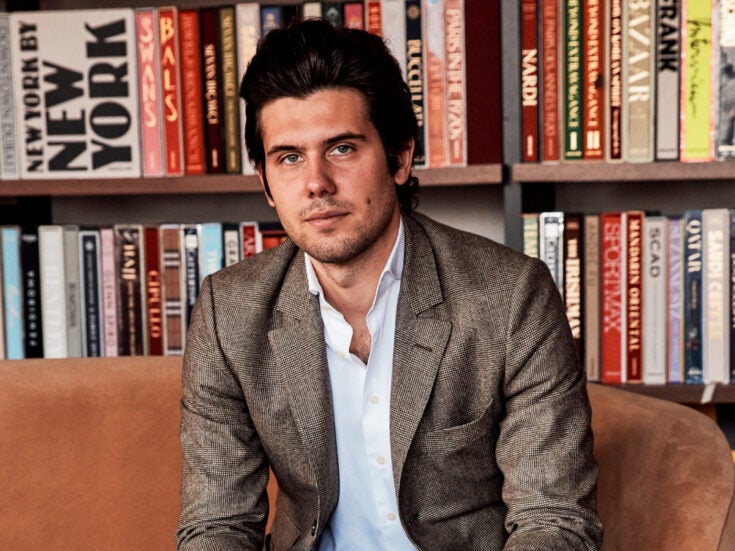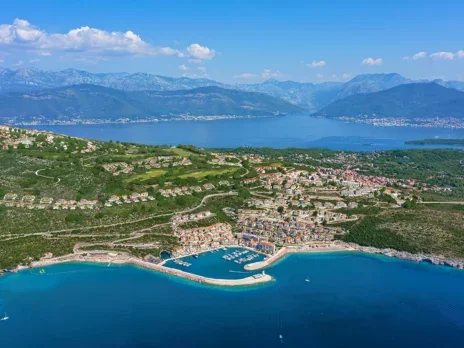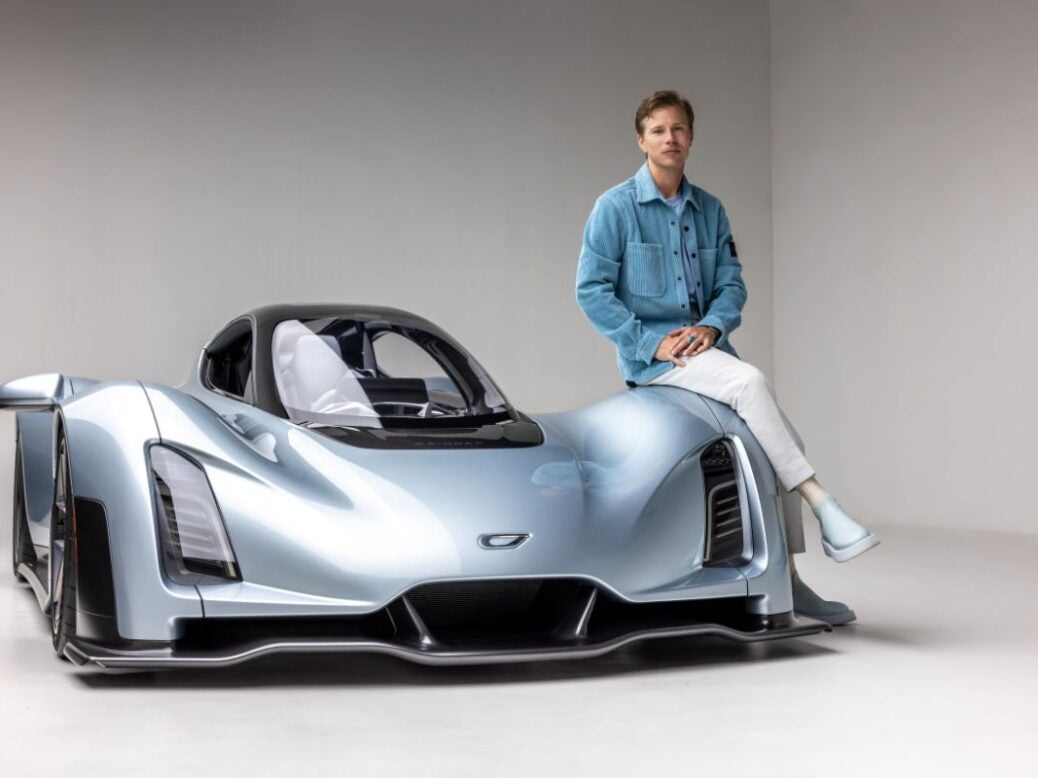
In the past, the word ‘polymath’ was usually used to describe someone who was adept and knowledgeable in both science and the arts: men of the Enlightenment, such as Robert Hooke, who wrote about microscopes but was also an architect, or Johann Wolfgang von Goethe, who wrote scientific papers alongside his novels and plays.
I’m not sure if Elon Musk is into musical theatre, but in 2025 polymaths are unlikely to write poetry or drama.
Instead, the most impressive modern-day, multi-discipline minds tend to combine digital tech with billion-dollar entrepreneurship and sophisticated manufacturing. What hasn’t changed, however, is that those worthy of the epithet are able to excel at tasks that place such different demands on the brain, and to draw from such a diverse range of knowledge bases.
[See also: The best classic car advisers]
You probably haven’t heard of Lukas Czinger (pronounced ‘zinger’), but having spent an hour in the company of this 31-year-old CEO, I think he qualifies as a modern-day polymath.
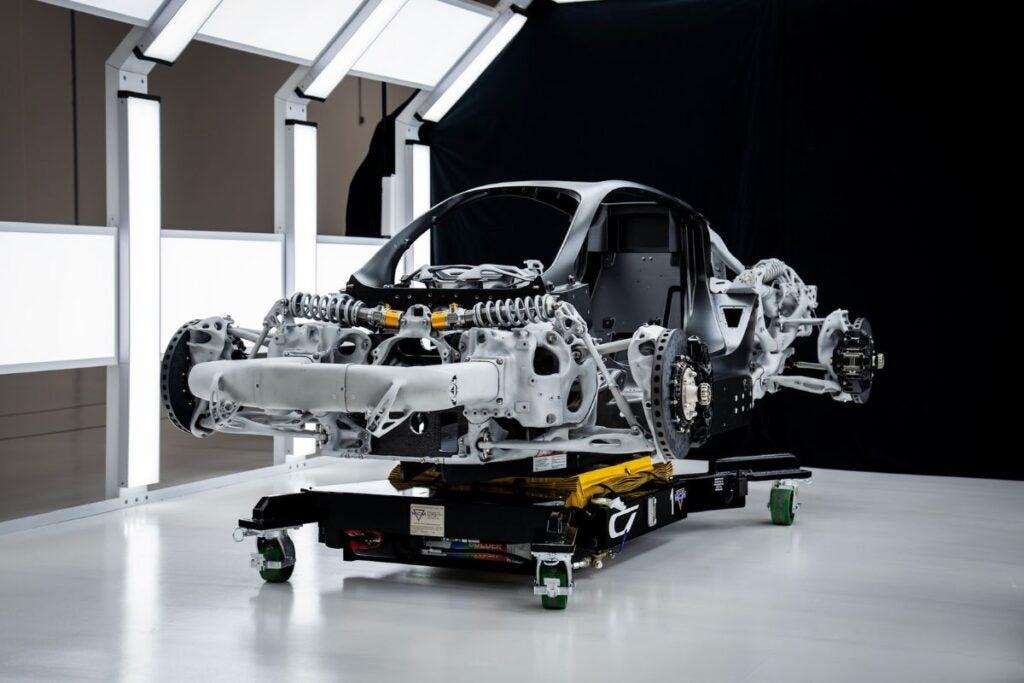
He runs an automotive manufacturing company called Divergent, based in Torrance, Los Angeles, and his typical seven-day working week might include meetings about robotics, 3D printing, metallurgy, artificial intelligence, lasers, military drones and high-performance supercar engines. Plus, all the other stuff that comes with running a company – you know, the staff, the customers, how to make a profit.
It would have been easy to make certain assumptions about Lukas before meeting him.
[See also: The classic race car dilemma: to drive or not to drive?]
Divergent was created by his dad, Kevin, in 2014. A former Yale student, college football star and investment banker, Kevin started the company because he was convinced the auto industry was ready for a manufacturing revolution. Lukas – a former Yale student himself – joined in 2016, and this father-and-son team have worked side by side ever since.
The business is now producing parts for the likes of McLaren, Bugatti and Aston Martin, which is an endorsement of the quality of its products. But the pair want to go further and, eventually, turn the whole industry on its head.
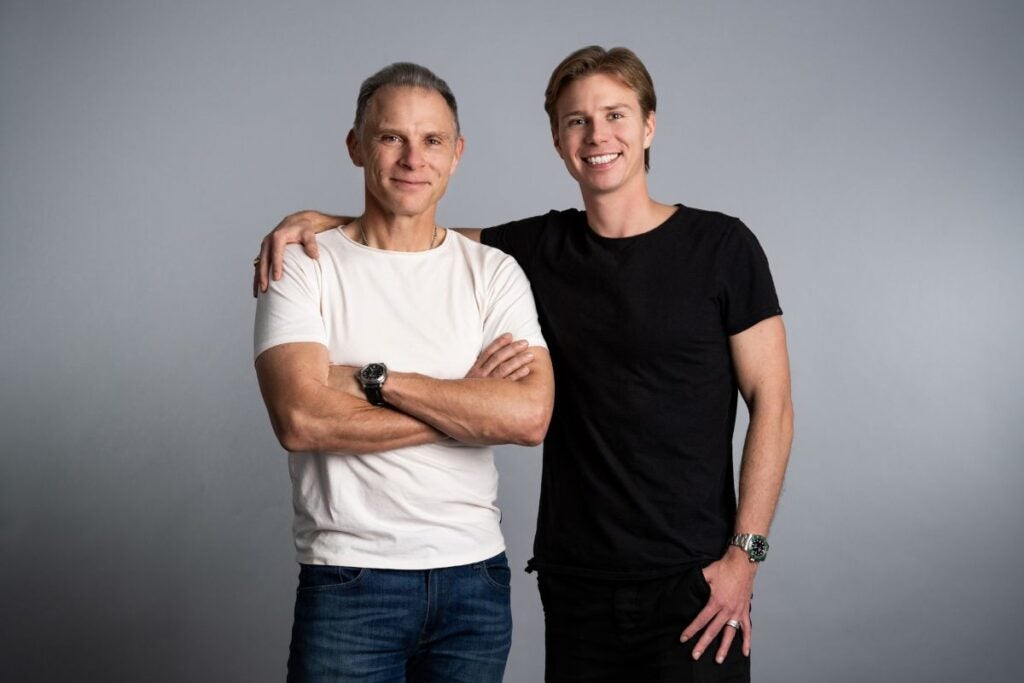
Kevin recently became executive chairman, allowing his son to step up and run the day-to-day operations as CEO. But Czinger the younger does not appear to personify the tropes associated with the offspring of successful people whose path to a top job has been made Teflon-smooth. Born in London and raised in LA, Lukas is polite, personable and humble as he walks me round Divergent’s factory campus, speaking in plain English about the complex technical work that he and his team carry out.
[See also: Mansour Ojjeh’s exceptional McLaren car collection up for sale]
The foundation of what the Czingers have created is called the Divergent Adaptive Production System, or DAPS, which has ‘additive manufacturing’ (AM), otherwise known as 3D printing, at its heart. This technology has been around for decades, but until recently it has mostly been used for prototyping or aesthetic parts.
By contrast, Divergent’s system can print critical structural components on an industrial scale, using proprietary software, laser printers and fine metal powders to produce parts that can stand up to the massive forces exerted in road cars and other complicated bits of kit. It’s also developed a robot assembly system that glues parts together to make bigger structures.
Lukas walks me into a vast hall with five huge AM machines. Through a small window I see a matt, grey surface with a flickering light burning a pattern into it.
[See also: One of a kind: Inside McLaren’s ultra-exclusive world of bespoke supercars]
‘So, we’ve got an aluminium powder in the chamber and over top we’ve got our lasers,’ Lukas explains. ‘Basically, we’re building this part layer by layer. It might be 5,000 layers that we’re melting, a hundred microns at a time.’
As he talks, we see the laser momentarily stop and an arm sweeps over to deposit a new, thin blanket of fine powder, ready to be laser-fused on to the structure beneath. When the part is complete, the excess powder is carefully vacuumed away, leaving behind a solid aluminium component.
But printing is only a fraction of what Divergent does. The parts are designed using its own, AI-powered software that creates fully detailed, print-ready CAD files.
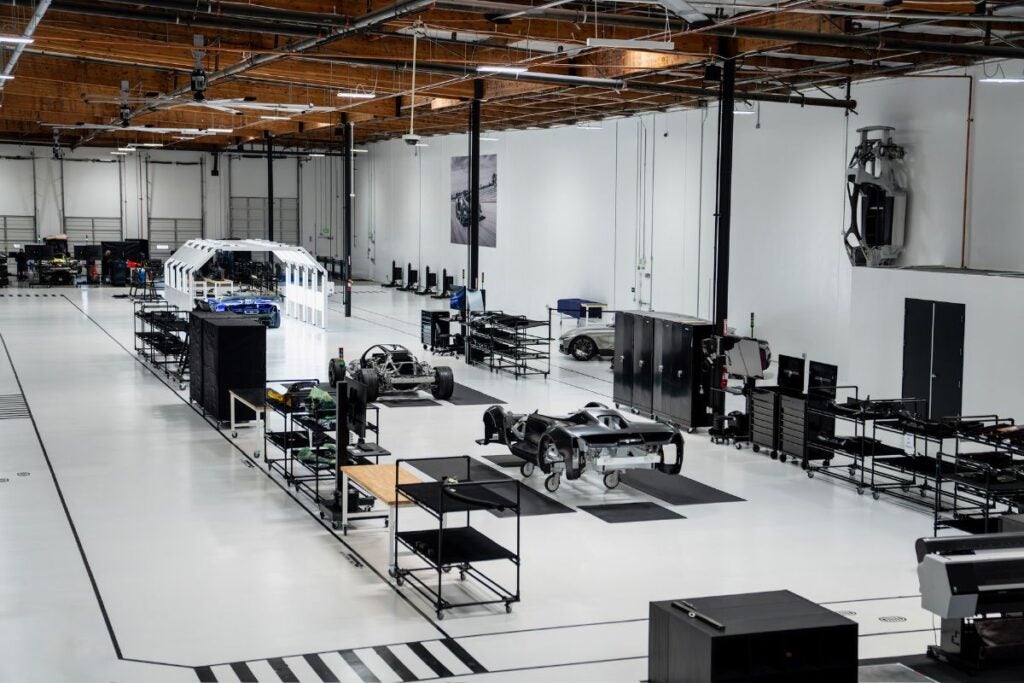
[See also: The best classic car lawyers]
‘That’s a big difference with us,’ says Lukas. ‘It’s not “send us your geometry and we’ll print it”. Our customers give us their requirements, then we take full design authority. They give us the load cases, the durability, the CFD [aerodynamic] target, and our software takes those parameters and adds and subtracts material while it’s doing a full physics simulation, until it reaches what we call a ‘Pareto frontier’ – which means you can’t take out a gram of material without violating a requirement.’
He holds up a silvery alloy part. ‘So this doesn’t have a gram of material it doesn’t need,’ he assures me. ‘“Perfect” is a weird word – a lot of people think you can’t get to “perfect” – but based on the requirements we were given, this is a perfect part.’
The component Lukas is holding is a suspension wishbone for the new McLaren W1 supercar. Like many of the components Divergent creates, it looks curved and organic. But it’s also strangely alien, as though your mind recognises that no human mind would create it. ‘Yeah, it’s the material, the fluidity, it has a UFO feeling,’ Lukas agrees. ‘But at the same time it looks almost human – like a pelvis bone.’
[See also: ‘Boy, does it go’: half a century (and a bit) of the Porsche 911 Turbo]
It’s interesting to reflect, that just as nature has evolved bones and tissue to be spare, light and efficient, Divergent’s AI rapidly reaches the same conclusions.
The Czinger 21C
The ultimate expression of Divergent’s technology – so far – is a full-fledged hypercar, the Czinger 21C. The car has evolved out of an R&D project called ‘the Blade’, an engineering mule (with a tandem seating position, inspired by Kevin’s love of motorcycles) which was first used to develop and showcase Divergent’s printed parts.
The re-engineered Czinger 21C was first revealed in 2020, with development continuing through 2021 and 2022. Formal production of customer cars began in early 2024 at Czinger’s Area 21 facility on the Torrance campus, with the first rolling off the production line around the middle of the year.
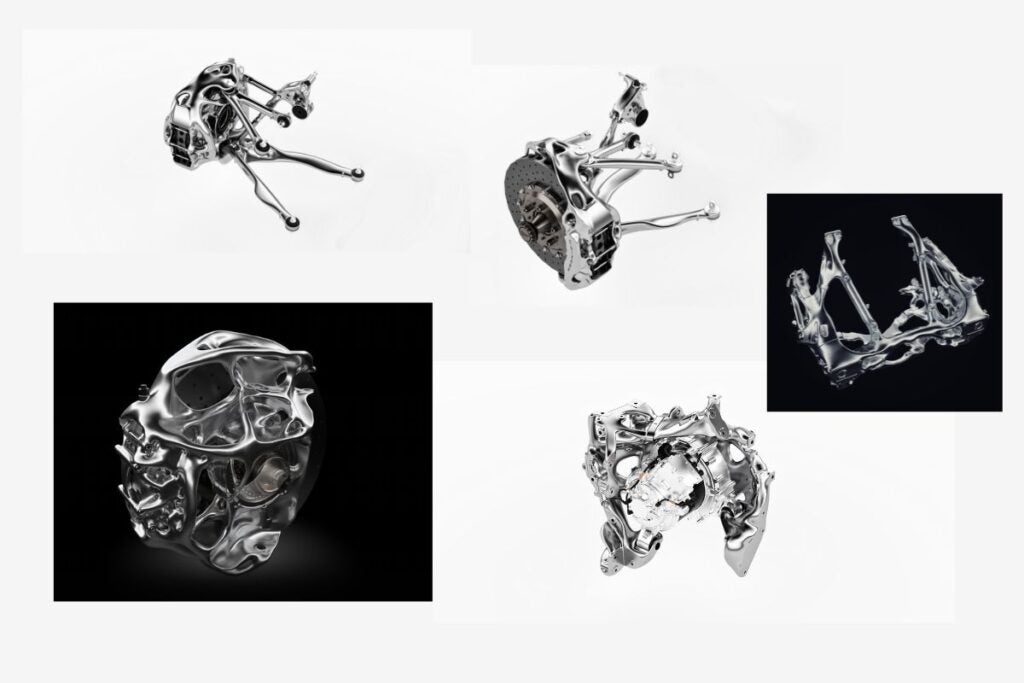
The company capped production at a total of 80 units (split between the 21C and the 21C V Max variant), which have all been spoken for, despite a starting price of $2.3 million, which can rise significantly depending on the nature of the bespoke build that clients choose.
[See also: The new Lamborghini Revuelto refuses to die]
Amazingly, instead of buying an off-the-shelf engine for the 80 examples they’re building, the Czingers went to all the trouble of developing their own. Lukas smiles when he acknowledges how mad this is. ‘Yeah, we’re pretty ambitious people!’ he admits. ‘The engine is like two superbike engines stitched together into a V8. It revs to about 11,000rpm and produces around 900bhp, out of 2.8 litres – which makes it the most power-dense production engine in the world right now.’
So as well as all the patents Lukas filed for robotics and 3D printing, he then became a car engineer as well? ‘Yep, yep,’ he nods. ‘Well, certainly good enough to be in the room and make the right decisions.’ But of course, he acknowledges the heavy lifting was done by a tight-knit team the Czingers quickly established in LA.
‘The car team probably did 60 visa processes,’ he says. ‘I don’t wanna talk down the US at all, but a lot of the high-performance auto culture is in Europe – small teams that do pretty exceptional things. So we recruited heavily out of the UK and Germany and assembled a team that I think is the best of the best.’
And what’s next?
Divergent is increasingly working in the aerospace and defence industries. Lukas tells me his engineers took an existing military drone with around 70 components – including every fuel pipe, connector and bracket – and printed an alternative design in just four alloy parts, integrating everything, including fuel lines, into the main structure.
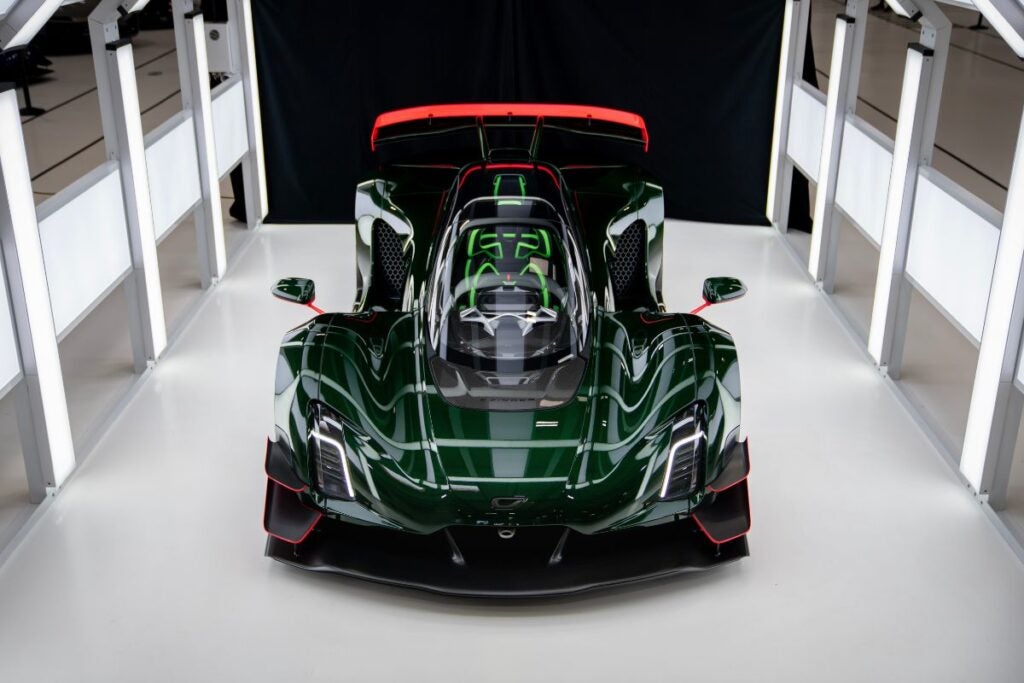
‘Think about aerospace and defence,’ says Lukas. ‘You’ve got missile systems, drone systems, torpedo systems – the product catalogue is massive. And what they’re looking for is scalable capacity – we [the United States] have offshored a lot of manufacturing and they’re interested in being able to manufacture more in the US again. We want to be a solution to that.’ He waves his arm to indicate the whole Divergent campus. ‘We want to grow 30 of these facilities over the next couple of years.’
[See also: How to invest in the defence industry with ETFs]
As the technology develops and the boundaries are explored, we can expect to see a lot more of Divergent’s work in supercars.
I ask Lukas if he thinks this combination of AI and 3D printing might even replace carbon fibre one day – currently the gold standard in terms of lightness and strength. He admits they’re already working on it.
‘As we do some of these large airframe structures, we’re seeing a lot of hybrid things, where we do a 50-foot skeleton structure and then put some sort of carbon skin over the top. It’ll be interesting to see what wins out.’
It seems the supercar sector may be about to undergo an ‘Enlightenment’ of its own.
This article first appeared in Spear’s Magazine Issue 96. Click here to subscribe




